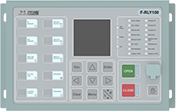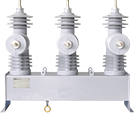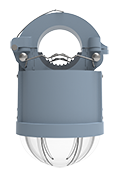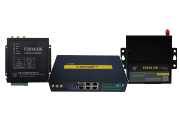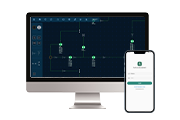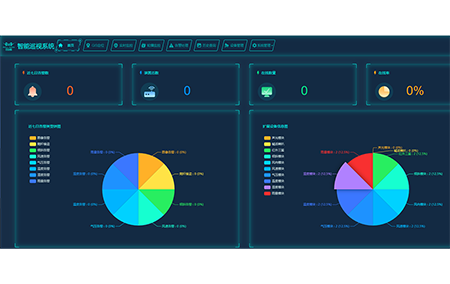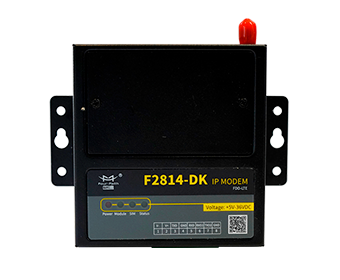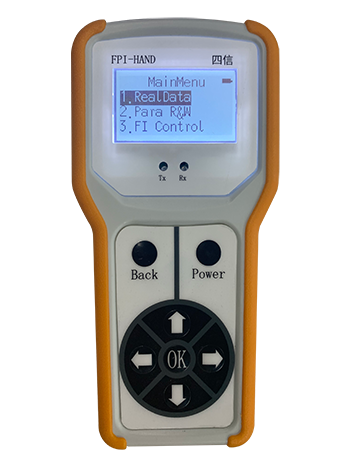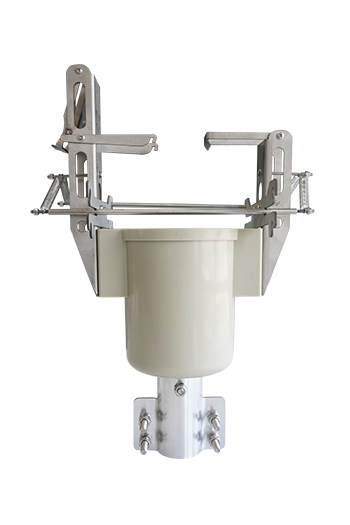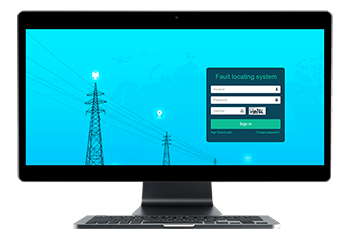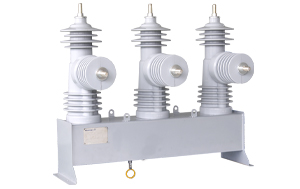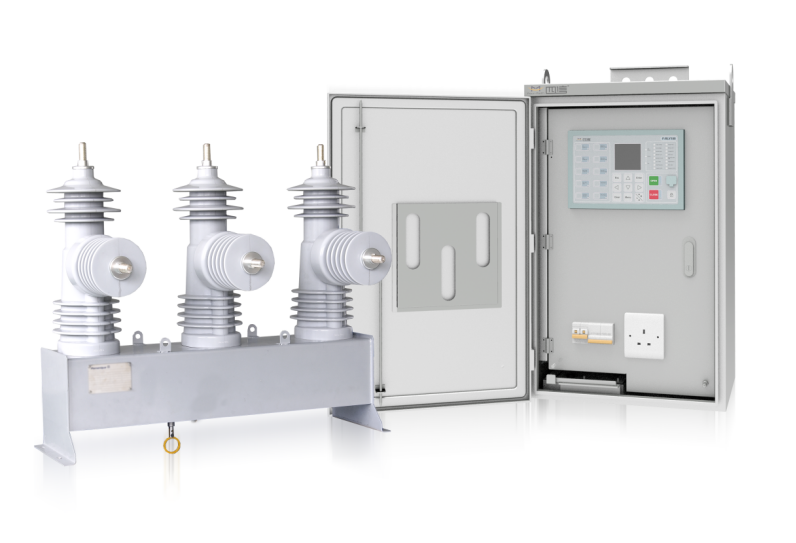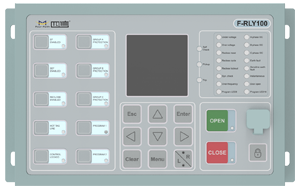News
Key Technology of Power Distribution Line Condition Monitoring System
Date:2022-12-01
Distribution automation is an important means of implementing an intelligent distribution network, which can effectively improve the reliability of power supply and shorten the time for troubleshooting. However, due to the high cost of distribution network automation equipment, it cannot cover most of the rural power distribution overhead lines. As an important content of distribution automation, on-line monitoring of distribution lines has a great impact on improving the reliability of power supply, and has also received more and more attention. In order to further improve the reliability of power supply, Four-Faith Smart Power has continuously improved and promoted the application of the distribution line status monitoring system.
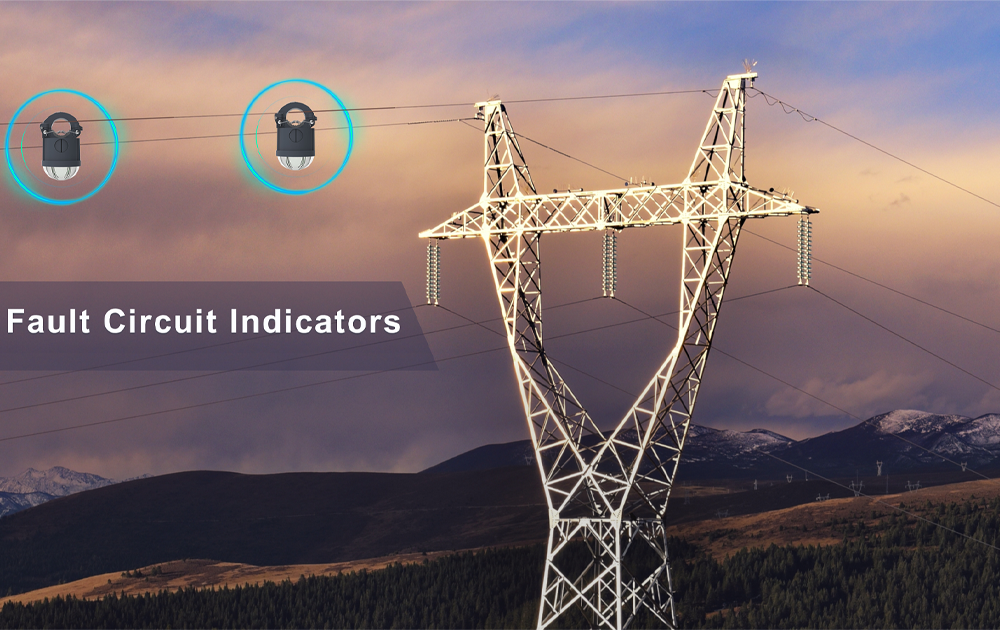
1. On-line monitoring terminal technology for power distribution lines
Four-Faith Smart Power researches and develops power distribution line on-line monitoring and acquisition units (fault indicators) and collection units suitable for overhead lines, formulates special information transmission protocols, and realizes real-time monitoring of distribution overhead line operation information and fault information.
1.1 Electronic current transformers are used to pick up current signals. The acquisition unit uses an electronic current transformer to measure the current, which has the characteristics of low noise, high linearity, high precision and high bandwidth.
1.2 Use high sampling rate to collect transient current signals. The acquisition unit uses 4KHz sampling rate to collect line current signals, and can record signals with a bandwidth within 1KHz.
1.3 Use sudden changes in current and electric field to trigger the recording. In order to record the line current and the line-to-ground electric field waveform before and after the fault occurs, the acquisition unit uses the current mutation and the electric field mutation as trigger conditions to start wave recording.
1.4 Synthetic zero-sequence current. The synchronous algorithm is used to realize the synchronous data acquisition of the three-phase current and electric field, and superimpose and synthesize the zero-sequence current waveform. Three-phase wireless synchronous time synchronization, the accuracy is less than 100μs, and the three-phase phase angle error is not greater than 1.8°.
1.5 Screen suspected ground fault waveforms based on waveform characteristics. Using the three-phase current, electric field, and the waveform characteristics of the synthesized zero-sequence current and zero-sequence electric field, the waveforms suspected of ground faults are screened out and sent to the master station for fault judgment.
2. Automatic time synchronization technology
The Four-Faith Smart Power distribution line status monitoring system refers to the time synchronization rules of the State Grid Corporation's Far EasTone communication terminals, and uses the terminal timing to actively request time from the master station for time synchronization. According to the international standard NTP time synchronization rules and algorithms, the frame format is set using parameters Send the time to minimize the time error between the master station and the terminal.
The collection terminal is based on GPS or Beidou clock signals, and uses Four-Faith's unique algorithm to achieve synchronization with the master station.
3. Information security access technology
The power distribution line online monitoring system is composed of a distribution line online monitoring device, a communication channel, a safe access platform, and a monitoring master station. The power distribution line on-line monitoring device is installed on the medium-voltage distribution network line, monitors and measures operating parameters, detects line short-circuit faults and single-phase ground faults, and sends monitoring or alarm information to the remote master station. Composed of terminals and three-remote fault indicators; the communication channel mainly adopts 2.5G/3G/4G and other wireless public network (power APN private network) modes; the safe access platform is in accordance with the relevant specifications promulgated by the State Grid Corporation and the provincial company's science and information department. Responsible for the safe access of all devices; the master station system is responsible for device installation, rotation, dismantling, parameter setting, communication debugging, status management, etc., and is responsible for sending data to the distribution network emergency repair platform and distribution network automation system in time.
In order to apply the security protection function, the special encryption chip required by the State Grid is uniformly used to implement the security protocol specification for the power distribution line status monitoring device, and the transmission line status monitoring device needs to undergo corresponding software and hardware transformation. At the same time, the on-line monitoring device of the power distribution line needs to carry out additional initialization work before going online. The initialization work includes:
3.1 Initialize the security chip and generate a key pair;
3.2 Generate a certificate request for the security chip, submit the certificate request to the certificate issuing agency for issuance, and issue the certificate of the power distribution line status monitoring device itself;
3.3 Import the certificate of the power distribution line status monitoring device itself and the certificate of the secure access platform (ie, the master station).
4. Fault location algorithm
Four-Faith Smart Power Distribution Line Status Monitoring System is based on the communication function to send fault indicator alarm data information, according to the fault location algorithm process of starting point, traversing grid nodes, alarm area screening, and locating the static topology of the distribution network to determine the fault location, Realize the location of the fault source and the automatic judgment of the fault area.

